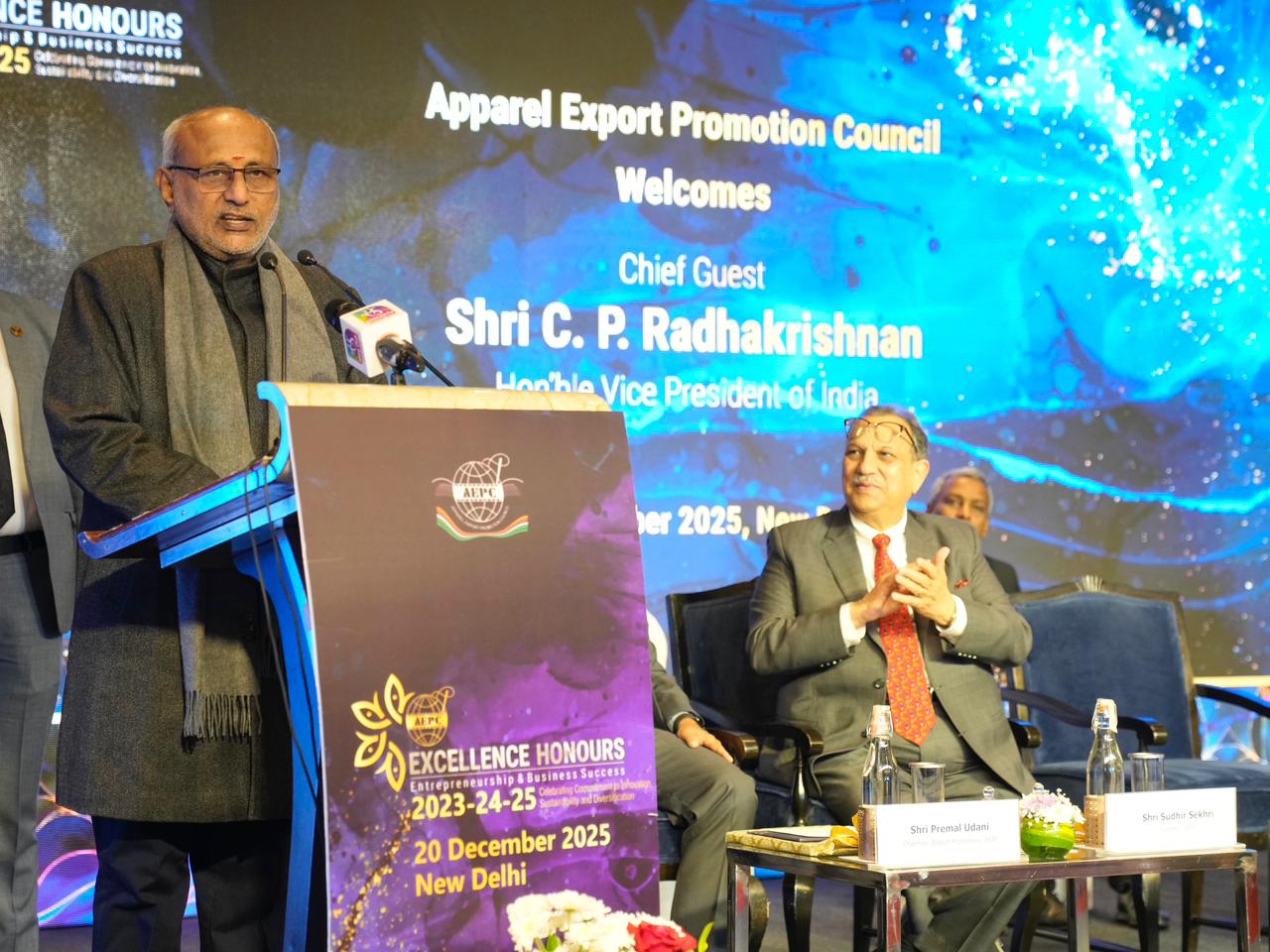Nigeria once had a thriving textile industry. From the 1950s up to the 1980s, the country had over 140 textile manufacturing industries, accounting for 25 per cent of the nation’s employees in the manufacturing sector. The industry once employed about a million people, contributing about 15 per cent of manufacturing sector earnings to the Gross Domestic Product and accounted for over 60 per cent of the textile industry capacity in West Africa. The industry was ranked as the third largest textile producer, only behind Egypt and South Africa.
However the 1980s the focus shifted to the oil sector. Funding for textile companies became a problem. The economic recession of the 1990s further compounded the woes of the struggling textile manufacturers and many of their secondary sector counterparts. With the banks only willing to lend to the lucrative oil and gas sector, they were unable to procure raw materials and modern machinery. As such, an industry which once boasted of an annual growth rate of 67 per cent in 1991 now has 25 textile mills operating, with all running at less than 40 per cent of installed capacity and employing just over 25,000 people.
On the other hand, the textile industry in India is the second largest employment generating sector in the country, offering direct employment to over 35 million people.












